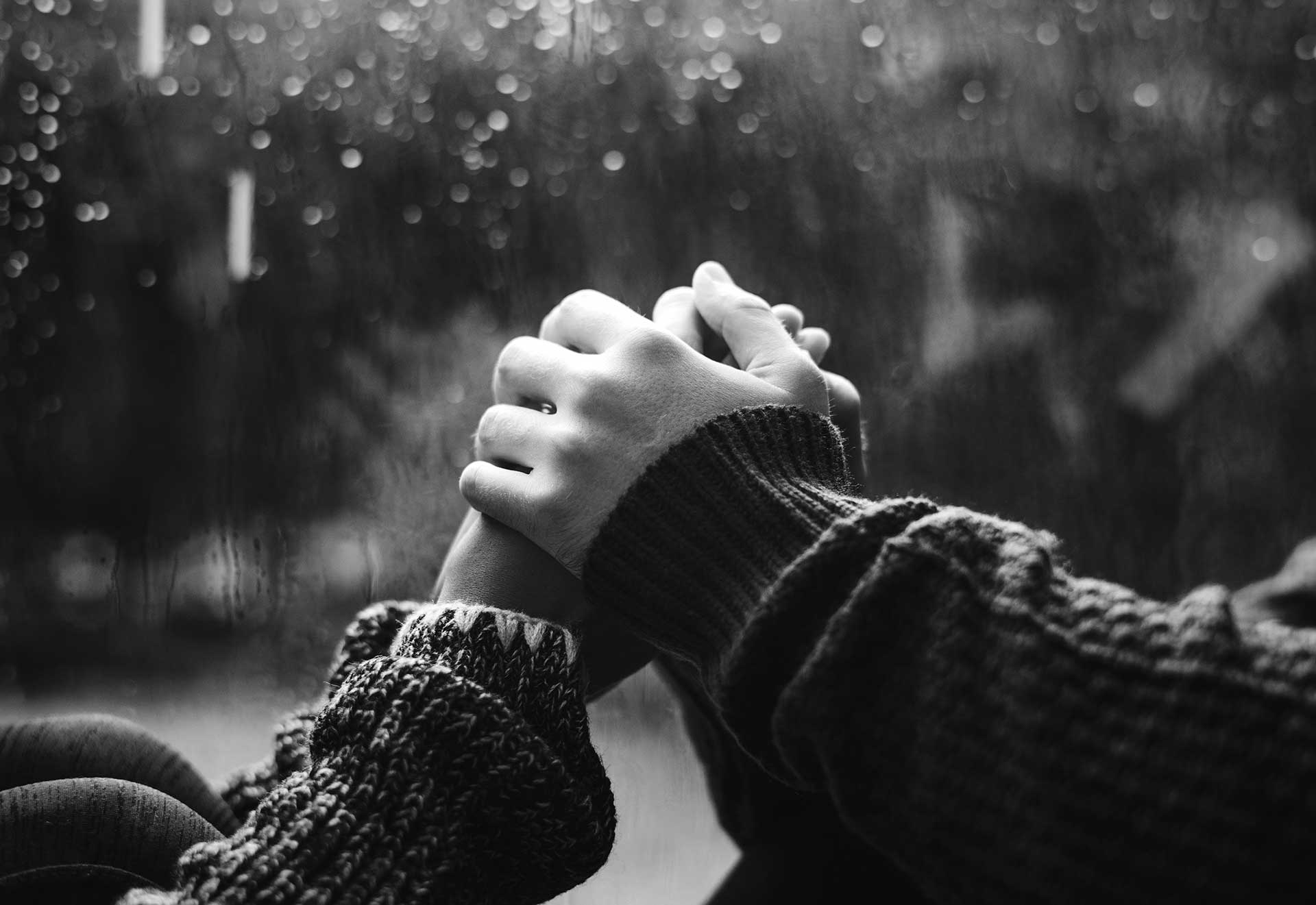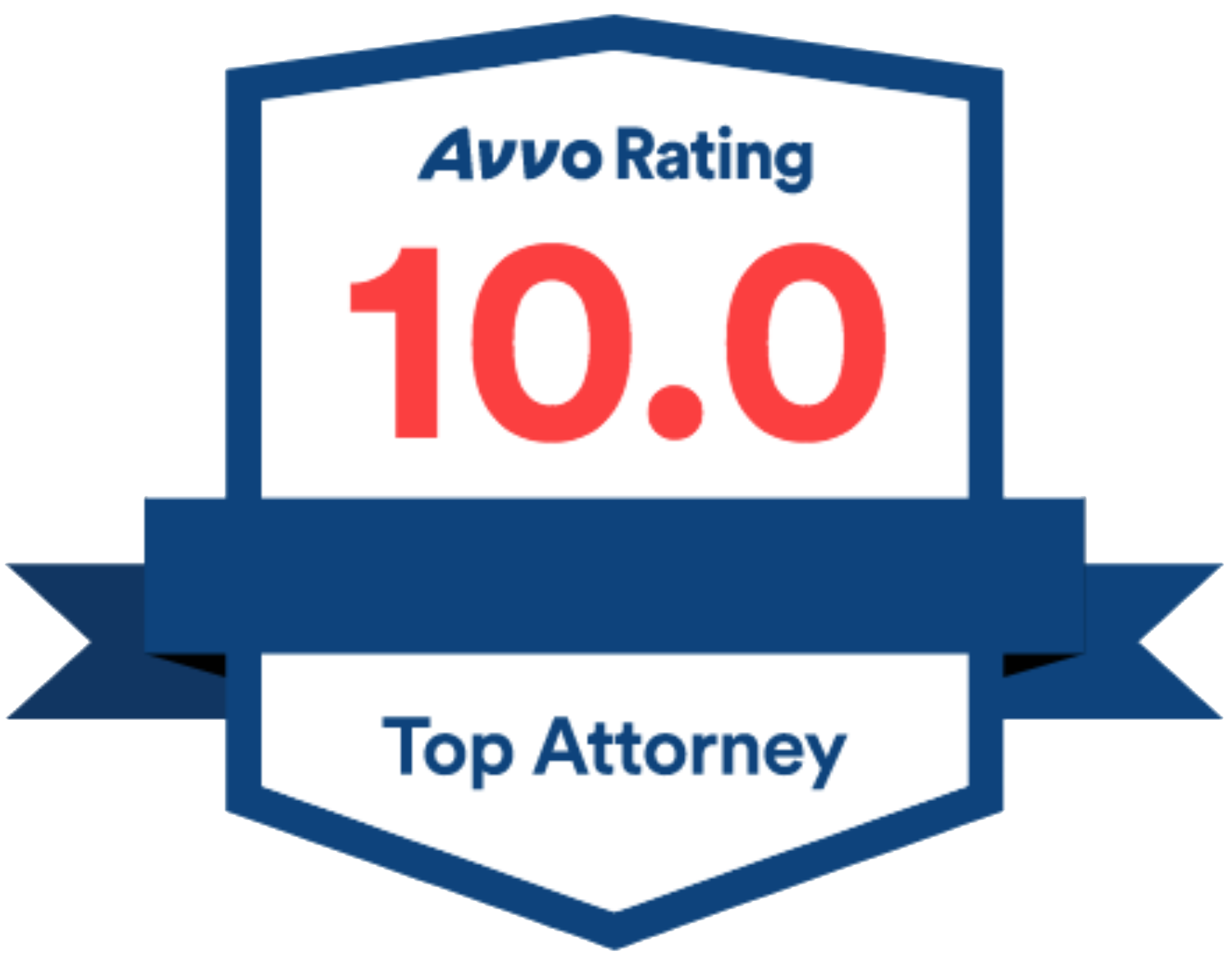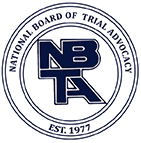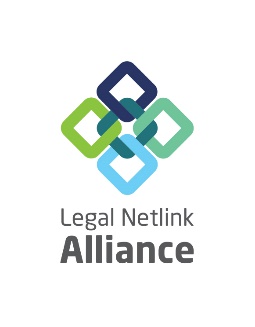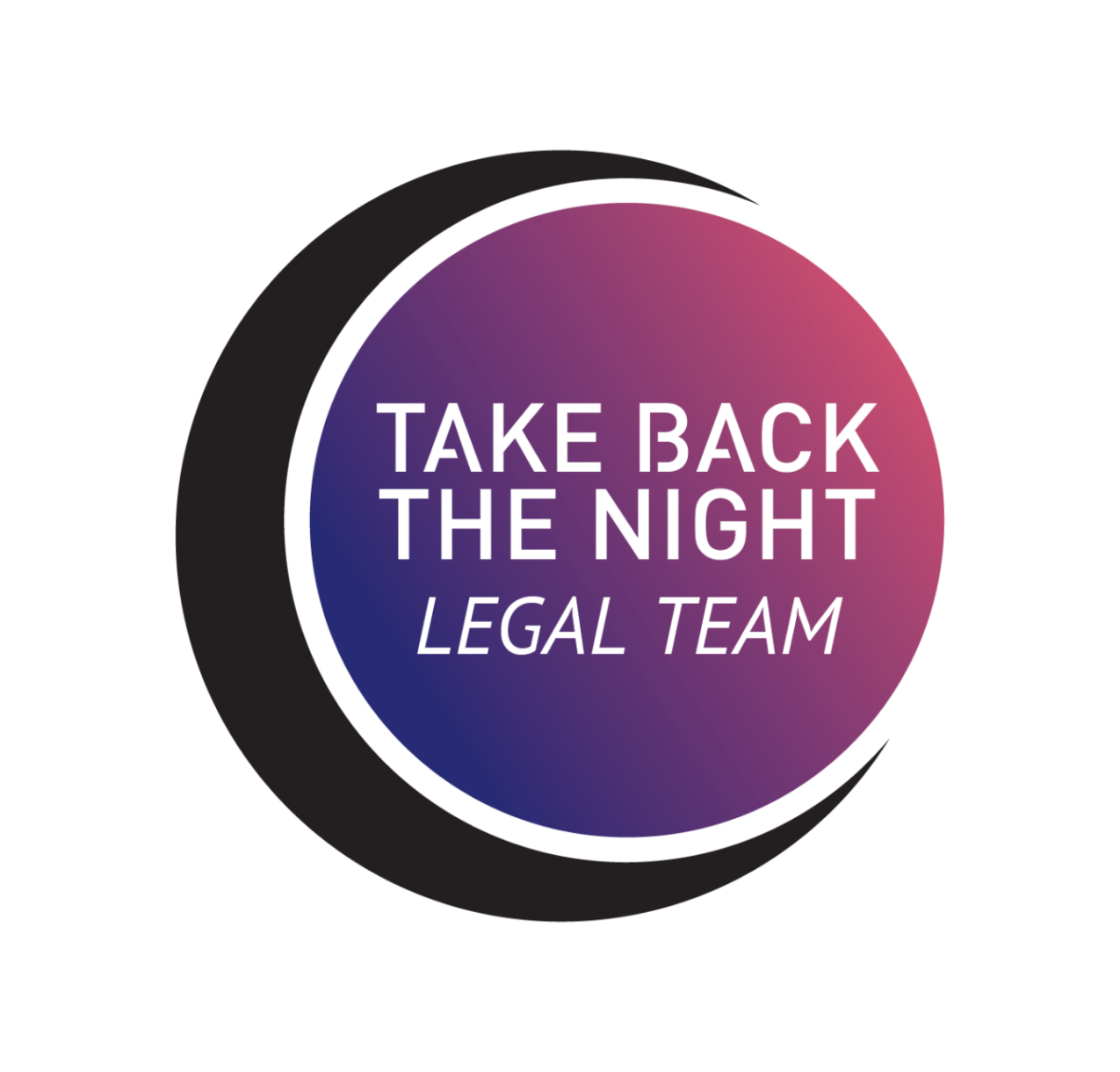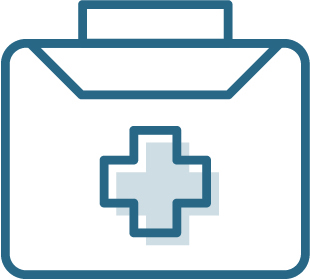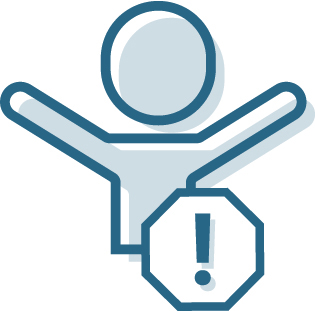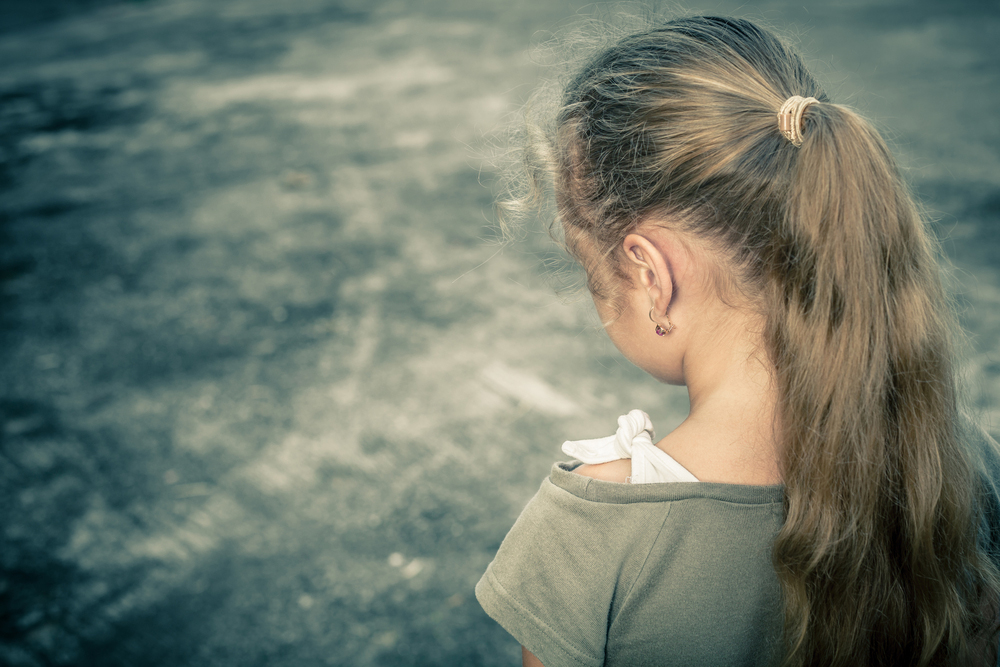Different Types of Sexual Abuse
Childhood Sexual Abuse
There are many different places where a child can be exposed to sexual abusers and many people who may put them at risk. Institutional child abuse occurs when an agent of an organization sexually abuses a child under the care of that organization. The abusers could be an employee, a volunteer, or any other person affiliated with the institution who was given the freedom to mentally, physically, emotionally, or sexually abuse a child.
Institutional sexual abuse can occur at a church, a school, a camp, a boarding school, an after-school program, or a company. Institutions are responsible for caring for and protecting those within their care, which includes keeping children safe from any type of abuse, including sexual abuse. An institution can be held liable if it permitted the abuse to occur or continue, if it failed to adequately screen volunteers, workers or agents, or if the institution failed to adequately monitor or supervise volunteers, workers, or agents.
Sexual abuse of children also occurs in churches, and although the Catholic church has made the biggest headlines regarding child sexual abuse, it is a common problem among many different religions in many different churches. Victims of childhood sexual abuse, particularly when that abuse occurred in a church, have been silenced by shame for decades. Intimidation tactics are often used by the church, and deceptive religious teaching may also come into play—tactics that cultivate an abusive environment, allowing sexual abusers of children to walk free—and abuse again.
Determining just how many children have been sexually abused is difficult because, as often as not, the incidents are not reported. Further, child sexual abuse is not uniformly defined, making it that much more difficult to get solid statistics. That being said, in studies done by the Director of the Crimes Against Children Research Center, David Finkelhor, it was determined that as many as one in five girls and one in twenty boys are victims of child sexual abuse. Further, when talking to now-adults, about twenty percent of adult females and five to ten percent of adult males recall at least one childhood sexual assault or sexual abuse incident.
Although sexual abuse can happen to children of any age, those between the ages of seven and thirteen are the most vulnerable. The “fallout” of childhood sexual abuse is immense; those who are victims of prolonged sexual abuse as a child typically have low self-esteem and low self-worth and can suffer depression, anxiety, and even suicidal thoughts. These children—and later, as adults—may be mistrustful of others, withdrawn, and have a distorted view of sex.




